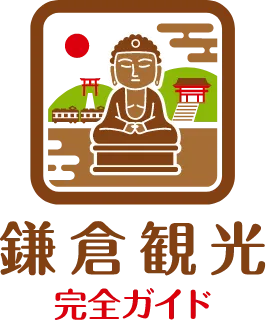Kamakura-gu Shrine (鎌倉宮)
Discover the Legacy of Kamakura-gu Shrine
Kamakura-gu Shrine was founded in the late 19th century by order of Emperor Meiji (明治天皇) to enshrine Prince Morinaga (護良親王), a heroic figure in Japanese history. The shrine honors his tragic yet valiant life, from his early ascetic training at Mt. Hiei (比叡山) to his military leadership during the fall of the Kamakura shogunate. His untimely death at age 28, following a betrayal by Ashikaga forces under Ashikaga Tadayoshi (足利直義), remains a solemn chapter in imperial history.
Visitors can explore the doro (earthen prison), where Prince Morinaga was once confined, and the Treasure Hall, which displays relics connected to his life—including items formerly housed in Emperor Meiji’s temporary palace. The hall also features calligraphy from prominent historical figures like Katsu Kaishu (勝海舟), Takahashi Deishu (高橋泥舟), and Yamaoka Tesshu (山岡鉄舟).
When Is the Best Time to Visit?
Autumn is particularly special at Kamakura-gu Shrine, with the Kamakura Takigi Noh performance taking place under torchlight. This enchanting event invites visitors to experience traditional Noh theater in a mystical atmosphere. The serene garden path behind the main grounds, restored in 2021 after half a century, is ideal for a peaceful forest walk year-round.
Photo Highlights and Must-See Spots
Don’t miss the wooden statue of loyal retainer Yoshiteru Murakami (村上義光), known as the “Substitute Guardian,” carved from a 103-year-old zelkova tree. Visitors gently stroke the statue for blessings of good health and protection. The shrine’s iconic red-and-white torii gate symbolizes purity and sincerity, creating a picturesque entrance unlike any other in Kamakura.
The rows of lion-head amulets (shishigashira mamori) make for a delightful photo opportunity near the shrine’s basin. These charms, modeled after Prince Morinaga’s battlefield talisman, are believed to offer protection, fortune, and safe travels.
Embrace the Quiet Hours of Morning
Early mornings bring a sense of clarity and calm to the shrine. For guests staying nearby, especially at Tosh’s Place (トシズプレイス), Kamakura-gu is just a pleasant walk away. The soft light filtering through tall trees and the absence of crowds create the perfect moment to appreciate the site’s solemn beauty and spiritual atmosphere.
How to Get There from Tosh’s Place (トシズプレイス)
From Tosh’s Place (トシズプレイス), Kamakura-gu Shrine can be reached in about 20 minutes on foot. The route takes you past charming backstreets and traditional residential areas, providing a quiet glimpse into daily life in Kamakura. It’s a peaceful and rewarding stroll, especially in the early morning or late afternoon.
Wrap-Up: Where Heroism and Tranquility Meet in Kamakura
Kamakura-gu Shrine offers a deeply reflective journey through Japanese imperial history, martial valor, and spiritual reverence. Whether you’re drawn to the story of Prince Morinaga or seeking a serene cultural escape, this shrine captures the essence of Kamakura beyond the usual tourist path.y’s busy world. in today’s busy world.ay’s busy world.
